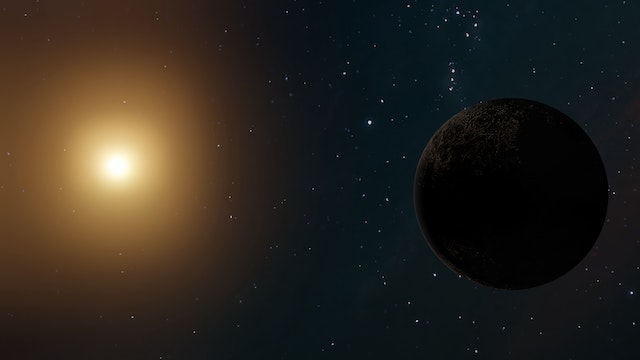Theme:
- Aditya L1 is a solar mission by the Indian Space Research Organisation (ISRO). It is scheduled to be launched on September 2, 2023, at 11:50 AM IST from Sriharikota, Andhra Pradesh. This marks the first time India is sending a mission to learn about the Sun from its surface, called the photosphere, to its outer layer known as the Corona. The mission is named after Aditya, the Hindu god of the Sun.
What is Aditya L1?
- Aditya L1 is a spacecraft, that will be placed in a halo orbit around the Sun-Earth Lagrange Point 1 (L1).
- L1 is a point in space that is located about 1.5 million kilometres from Earth. It is a stable point where the gravitational forces of the Sun and Earth balance each other out.
- This allows Aditya L1 to stay in orbit around L1 without using much fuel.
- The Aditya L1 mission was first proposed in 2008. The initial plan was to launch the mission in 2016, but it was delayed due to technical challenges. The mission is now scheduled to launch in 2023.
Objectives of Aditya L1:
- It will study the structure and dynamics of the solar corona. It is the outermost layer of the Sun’s atmosphere, extending into space and creating the solar wind.
- It will help us to improve our understanding of the mechanism of coronal heating: The corona is incredibly hot, even hotter than the Sun’s surface, which goes against our conventional understanding of how temperatures change with distance from a heat source. This phenomenon is known as ‘coronal heating’.
- It will help us study the origin of Coronal Mass Ejections (CMEs). CMEs are powerful bursts of solar wind, plasma, and magnetic fields that are ejected from the Sun’s corona into space. These events can have significant impacts on space weather, potentially affecting satellites, communication systems, and power grids on Earth.
- It will help us understand the connection between the solar atmosphere and the solar wind. By studying this connection, scientists hope to uncover how changes in the solar atmosphere influence the properties of the solar wind and how these changes, in turn, affect the space environment around our planet.
- Aditya L1 will also be studying the dynamics of space weather. Space weather can have a significant impact on the technologies and systems on Earth and in space. Understanding the dynamics of space weather is crucial for protecting satellites, spacecraft, and infrastructure on Earth. The Aditya L1 mission aims to contribute valuable data for improving our understanding of space weather processes and enhancing our ability to predict and mitigate their effects.
Payload:
- Aditya L1 will carry a suite of seven instruments that will be used to study the Sun.
- Visible Emission Line Coronagraph (VELC): This instrument will image the solar corona in visible light.
- Solar Ultraviolet Imaging Telescope (SUIT): This instrument will image the solar atmosphere in ultraviolet light.
- Solar Low Energy X-ray Spectrometer (SoLEXS): This instrument will measure the X-ray spectrum of the solar corona.
- High Energy L1 Orbiting X-ray Spectrometer (HEL1OS): This instrument will measure the high-energy X-ray spectrum of the solar corona.
- Solar Wind Composition Spectrometer (SWCS): This instrument will measure the composition of the solar wind.
- In-situ Magnetometer (ISM): This instrument will measure the magnetic field in the solar wind.
- Electron Detector (ED): This instrument will measure the electron content of the solar wind.
Conclusion:
Aditya L1 is a groundbreaking mission that will provide new insights into the Sun and its influence on the Earth. It has a comprehensive set of objectives that focus on studying various aspects of the Sun’s outermost atmosphere, its influence on space weather, and the fundamental physical processes that drive these phenomena. This knowledge not only enhances our understanding of the Sun itself but also has practical implications for technology and systems here on Earth.
Photo by ZCH
Your Turn…
What’s your take on this topic? Express your point of view in the comment section below. Subscribe to our blog to read answers to the trending GD topics.
Copyright @ Group Discussion Ideas.

